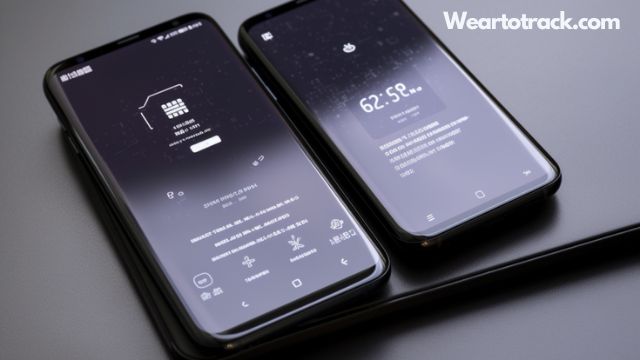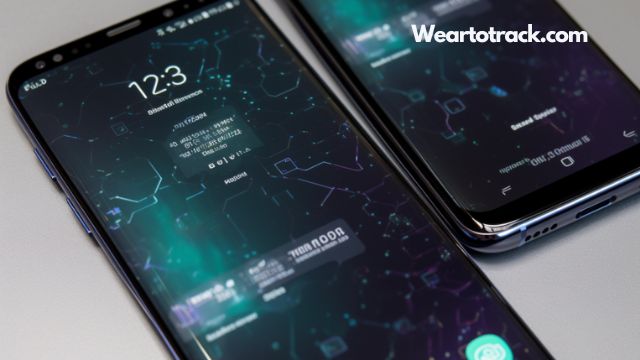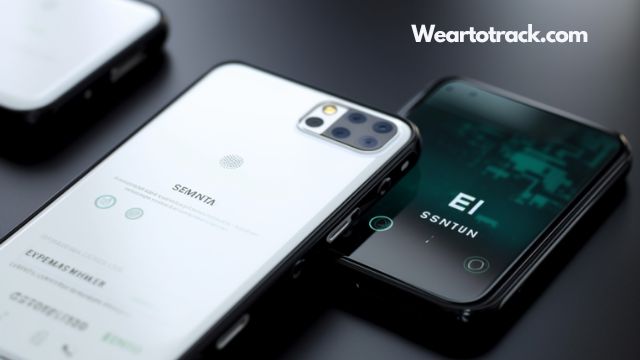Do you ever wonder how your phone is uniquely identified? Have you heard about IMEI and ESN before but never understood the difference between them? If so, then look no further.
In this article, we’ll explore the mysterious IMEI and ESN to help you understand what they are and how they differ from each other.
Like a puzzle piece fitting into its slot, let’s unlock the secret of these two terms and uncover their individual meanings.
Here’s another post that you need to check out: How Is An IMEI Number Used?

Table of Contents
What is an IMEI?
IMEI stands for International Mobile Equipment Identity and is a unique 15-digit number used to identify mobile devices. It is usually found printed on the back of your phone or underneath the battery.
This number helps network providers determine if a device is compatible with their coverage and can be used to block stolen phones from accessing their networks.
IMEI numbers are also used by carriers to track warranty information, repair status, and other important details about your device.
They can also be used to blacklist stolen phones so that they cannot access any network coverage in the future. Additionally, some countries require all mobile devices to have an IMEI number before they can be activated on any network provider’s service.
Knowing your phone’s IMEI number is important as it allows you to check its compatibility with different carriers and make sure that it will work properly with their network coverage. With this knowledge, you can make sure that you get the best possible experience when using your device on different networks around the world.
Now let’s take a look at what an ESN is and how it differs from an IMEI.
Check out this related post: What Is An IMEI Number?
What is an ESN?

You’re the master of your own device with an ESN – it’s like having a phone number all your own. An ESN, or Electronic Serial Number, is a unique identifier given to each mobile device. It is used by carriers and service providers to track the device and associated services, including data usage.
There are privacy implications that come along with this tracking method; however, it’s important for service providers to be able to identify different devices on their network.
ESNs are also used in conjunction with other identifiers such as IMEI numbers which further enhance network security and help prevent fraudulent activity. Additionally, an ESN can be used to register a mobile device online so that users can access special offers or discounts from their provider.
With an ESN comes more control over the ownership of one’s device – users can switch carriers without needing a new device since the same ESN can be transferred between networks.
This makes it easier for consumers to find the best deal in terms of price and coverage without sacrificing their trusty devices!
To wrap up this section, we’ll now explore how IMEI numbers differ from ESNs.
Check out this post: What If Someone Has My IMEI Number? Is It Dangerous?
How do IMEI and ESN Differ?

IMEI and ESN differ in their usage, function, identification, and security. IMEI is mainly used to identify a device whereas ESN is used for network access.
Both are unique identifiers but while IMEI helps identify the device itself, an ESN helps secure it from unauthorized access.
Read more: Can the IMEI Number Be Changed? How to Do it in 2023?
Usage and Function
Knowing the usage and function of an IMEI and ESN is essential to understanding how they work together. An IMEI is a unique 15-digit number used for tracking cellular device usage across different network protocols.
It helps to identify a phone in order to block stolen devices from being used on any networks around the world and prevents users from using more than one SIM card at once.
On the other hand, an ESN is a unique 11-digit number that is used specifically by CDMA cellular devices to identify it on the network. It allows carriers to track individual device use over time and is necessary for cellular providers when troubleshooting any issues with a device’s connection or service plan.
By understanding their respective roles in connecting our phones to networks, we can get a better idea of how they work together towards identification and security purposes.
Learn more: Your IMEI Number & Device don’t Match | What Causes it and What To Do?
Identification and Security

Understanding the identification and security provided by an IMEI and ESN is key to keeping your phone safe and secure. These unique numbers ensure that no one else can use your device, even if it’s stolen.
The main difference between an IMEI and an ESN is how they are used for network security. The IMEI provides data privacy by limiting access to the phone’s network and preventing unauthorized use of the device.
The ESN, on the other hand, primarily serves as a way for carriers to verify devices when activating them on their networks. This helps prevent fraudulent activity such as cloning devices or using stolen phones on their networks.
| Feature | IMEI | ESN |
|---|---|---|
| Purpose | Uniquely identify mobile device | Verify devices when activating them on carrier’s network |
| Data privacy | Limits access to phone’s network & prevents unauthorized use of device | Helps prevent fraudulent activity such as cloning & using stolen phones on carrier’s network |
Also read: Is An IMEI Number Unique?
Conclusion
You now know the difference between an IMEI and an ESN. An IMEI is a unique identifier that helps to identify a particular device, while an ESN is a number assigned to phones used on certain cellular networks.
They’re both important pieces of information, but they serve two different purposes. As the old saying goes, “A stitch in time saves nine,” so make sure you know which one you need for your mobile phone before making any decisions!
Knowing this difference can help you save money and time in the long run. So keep it in mind when making cell phone-related decisions!
Read Also: How Can I Find My IMEI Number?
As a professional trainer and a gadget lover, I’ve spent a lot of money and time buying wearable activity trackers, smartwatches, and gadgets, and checking them out. My site is focused on helping you with your activity tracking and smart technology journey. I try to provide the most helpful updated content on this subject. Hopefully, you will love my blogs and be a regular around here.



